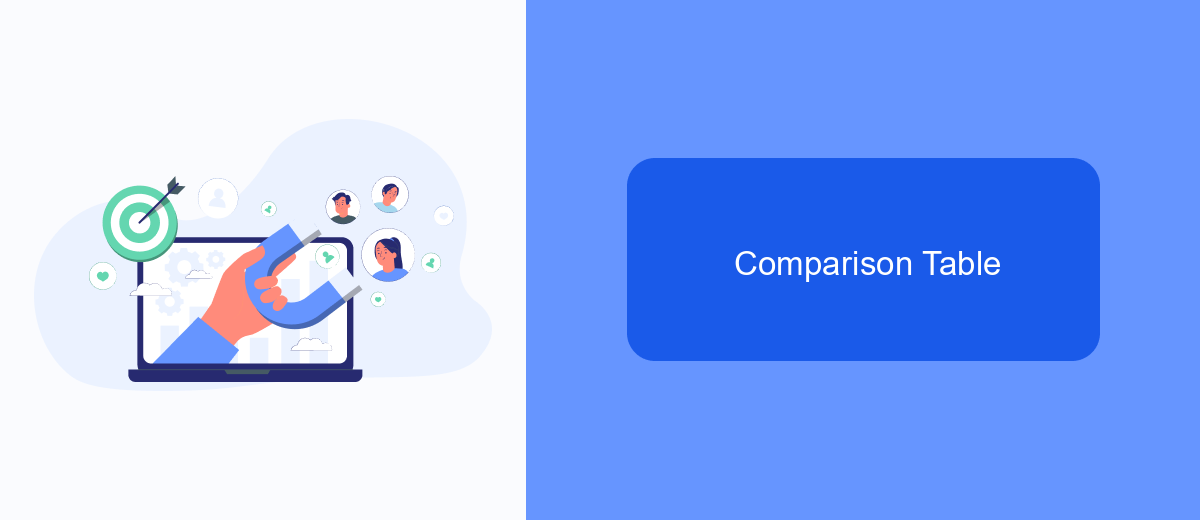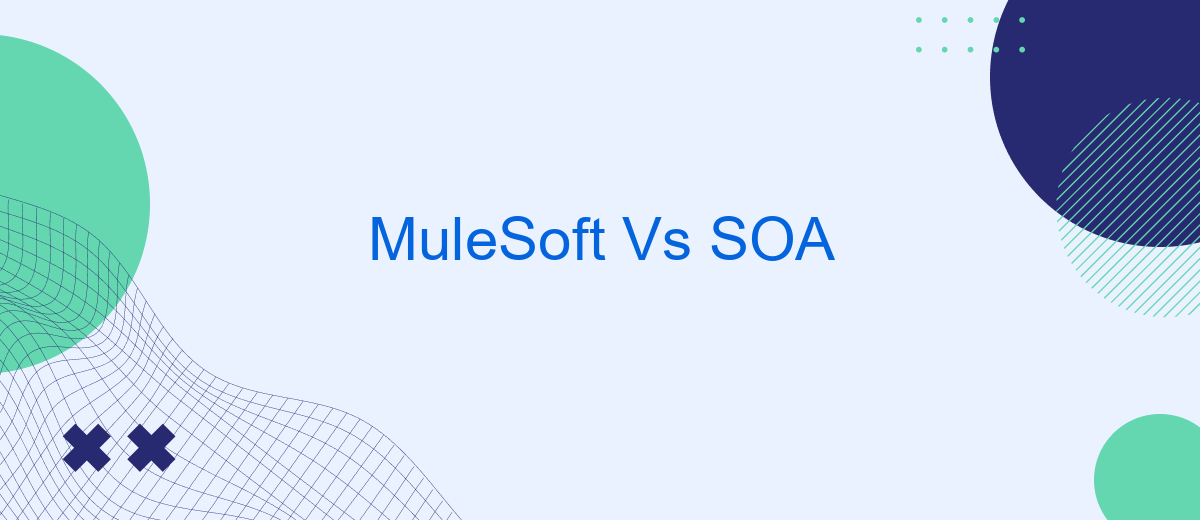In the ever-evolving landscape of enterprise integration, choosing the right approach is crucial for seamless connectivity and operational efficiency. This article delves into a comparative analysis of MuleSoft and Service-Oriented Architecture (SOA), highlighting their key features, benefits, and use cases. By understanding the strengths and limitations of each, businesses can make informed decisions to optimize their integration strategies.
Introduction
In today's rapidly evolving technological landscape, businesses are increasingly relying on integration solutions to streamline their operations and enhance connectivity. Two prominent approaches in this domain are MuleSoft and Service-Oriented Architecture (SOA). Both aim to facilitate seamless integration but differ significantly in their methodologies and applications.
- MuleSoft: A comprehensive integration platform that enables businesses to connect applications, data, and devices with ease.
- Service-Oriented Architecture (SOA): An architectural pattern that allows services to communicate over a network, promoting reusability and interoperability.
- SaveMyLeads: A service that automates lead data transfer, demonstrating practical applications of integration solutions in real-world scenarios.
Understanding the distinctions between MuleSoft and SOA is crucial for businesses looking to optimize their integration strategies. While MuleSoft offers a unified platform for various integration needs, SOA provides a flexible framework for service communication. By evaluating these approaches, organizations can make informed decisions to enhance their operational efficiency and agility.
SOA Overview

Service-Oriented Architecture (SOA) is a design paradigm that enables the creation of applications by combining loosely coupled and interoperable services. Each service in an SOA framework performs a specific business function and communicates with other services through well-defined interfaces, typically using standard protocols like HTTP or SOAP. This modular approach allows for greater flexibility, scalability, and reusability, making it easier to adapt to changing business requirements and integrate new technologies.
One of the key benefits of SOA is its ability to streamline integration processes. Tools like SaveMyLeads exemplify this by offering seamless integration solutions that connect various platforms without the need for extensive coding. SaveMyLeads automates data transfer between different services, reducing manual work and ensuring data consistency. This makes it an invaluable asset for businesses looking to enhance their operational efficiency and improve their integration capabilities within an SOA framework.
MuleSoft Overview

MuleSoft is a leading platform for building application networks that connect enterprise apps, data, and devices. It provides a unified, highly productive, hybrid integration platform that creates an application network of apps, data, and devices with API-led connectivity. MuleSoft simplifies the integration process, allowing businesses to connect their systems more efficiently and effectively.
- API-led Connectivity: MuleSoft's approach to integration emphasizes the use of APIs to connect different systems and applications.
- Anypoint Platform: This is MuleSoft's flagship product, which includes tools for designing, building, and managing APIs and integrations.
- Scalability: MuleSoft supports both on-premises and cloud deployments, making it scalable for businesses of all sizes.
Additionally, tools like SaveMyLeads can complement MuleSoft by automating data transfer between different services and platforms, further enhancing the integration capabilities. SaveMyLeads offers a user-friendly interface for setting up automated workflows, which can be particularly useful for businesses looking to streamline their lead management processes.
Comparison Table

When comparing MuleSoft and Service-Oriented Architecture (SOA), it's important to understand the key differences and similarities between the two. MuleSoft is a comprehensive integration platform that offers tools for building and managing APIs, while SOA is a design principle for integrating various services within an enterprise.
MuleSoft provides a more modern and flexible approach to integration, leveraging APIs and microservices, whereas SOA focuses on reusing existing services to create a cohesive system. Both have their strengths and can be used in different scenarios depending on the organization's needs.
- Architecture: MuleSoft uses API-led connectivity, while SOA uses service contracts.
- Flexibility: MuleSoft offers more agility with microservices, compared to SOA's traditional approach.
- Tools: MuleSoft includes Anypoint Platform, whereas SOA relies on various middleware solutions.
- Integration: MuleSoft simplifies integration with tools like SaveMyLeads, enhancing automation and connectivity.
In conclusion, both MuleSoft and SOA have their unique advantages. MuleSoft excels in modern, agile environments with its API-first approach, while SOA remains a robust option for enterprises looking to leverage existing services. The choice between the two depends on specific business requirements and the desired level of flexibility and innovation.
Conclusion
In conclusion, both MuleSoft and SOA offer robust solutions for integrating diverse systems and services within an organization. MuleSoft provides a modern, API-led approach that simplifies the creation, management, and deployment of integrations. Its comprehensive suite of tools and pre-built connectors makes it an attractive option for businesses looking to streamline their integration processes. On the other hand, SOA emphasizes a more traditional, service-oriented architecture that promotes reusability and interoperability across different platforms and applications.
Choosing between MuleSoft and SOA depends on the specific needs and goals of your organization. For those seeking a more contemporary and agile integration solution, MuleSoft's API-driven platform may be the better fit. Additionally, services like SaveMyLeads can further enhance your integration capabilities by automating lead management and streamlining data flows. Ultimately, the decision should be guided by the complexity of your systems, the desired level of flexibility, and the long-term vision for your IT infrastructure.
- Automate the work with leads from the Facebook advertising account
- Empower with integrations and instant transfer of leads
- Don't spend money on developers or integrators
- Save time by automating routine tasks
FAQ
What is the main difference between MuleSoft and traditional SOA?
Can MuleSoft be used to implement SOA?
Is MuleSoft better suited for cloud-based integrations compared to SOA?
How does MuleSoft handle data integration differently from traditional SOA?
Can MuleSoft and SOA be used together in a hybrid environment?
Would you like your employees to receive real-time data on new Facebook leads, and automatically send a welcome email or SMS to users who have responded to your social media ad? All this and more can be implemented using the SaveMyLeads system. Connect the necessary services to your Facebook advertising account and automate data transfer and routine work. Let your employees focus on what really matters, rather than wasting time manually transferring data or sending out template emails.

